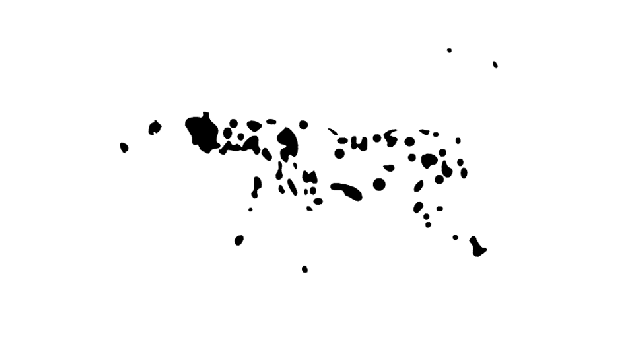How Coca-Cola uses Gestalt principles in their branding?
Let’s understand how your eyes and brain play the magic of perception.

Ever heard of the Law of Pragnanz?
What about the the Law of Figure-ground?
Any idea about the Law of Closure?
Do they all sound like design jargons to you?
Are you tired of people shouting and throwing these jargons at you every time they defend their decisions?
HODOR!
We are here to rescue you from such design jargons aka “the army of the dead”.
Let’s start with some history. Why history? Because every good story starts with some history and history has beautiful lessons for all of us. Don’t you dare skip it as you did in your high school. Drogon will burn you to ashes!
History and background
I promise I will make it as simple as possible. Okay! Let’s do this. I will not bore you to mighty death with long paragraphs. To not drain any ounce of energy out of you, I will put only what you need to know in a clear and concise format of points.
Answer this question first.
Who is Gestalt?
You might be wondering that Gestalt is the name of some cool dude. If yes, congratulations! Gestalt could have been a cool name but sorry! You are dead wrong. But only for today. Even I was wrong when I first heard it. That doesn’t make us dumb. Does it?
So here is the surprise for you.
Gestalt is “german word” for “the unified whole”.
What are the Gestalt principles?
Gestalt principles are some amazing principles of psychology that explain the tricks of all the magic that happens in our brain.


It reveals the basics of how we simplify the extremely complex stimuli to meaningful perception and how we make sense out of chaos.
Who founded these principles?
Some really cool dudes! The prominent founders of Gestalt theory are Max Wertheimer, Wolfgang Kohler, and Kurt Koffka.
Is there a good quote about Gestalt principles?
Yes! Today is your lucky day.
The whole is other than the sum of the parts.
- Kurt Koffka
Anything else about Gestalt principles?
There is always some more to quench to the thirst of your curiosity.
Don’t get scared or confused if some pseudo designer vomits out these Gestalt principles as “Law of Simplicity” or “Law of Pragnanz”. They all mean the same. All of them are talking about a one really simple thing.
Every stimulus is percieved in its most simplest form.
Finding it hard to understand?
Okay! Just observe the gif below for a while.
You didn’t stop and stare at every dot for decades and then declared that it didn’t mean anything. You found the easiest and quickest way to process it and you assumed it to be a cute dog.
Didn’t I warn you in advance about the tricks that your brain plays with you?

Now the winter is here but the army of the dead shall not march over us. Prepare yourself for the great war. Get furious and slay every jargon that looks you into the eye. Here are the 5 fundamental principles of Gestalt.
1. Law of Proximity
Objects or shapes that are close to one another are perceived to form groups.

2. Law of Similarity
Objects or shapes that are similar in shape, size, color, texture or value are perceived to belong together.

3. Law of Closure
Figures or shapes that are incomplete or partially hidden are perceived to be complete as our brain automatically fill in the gaps.

4. Law of Continuity
Objects or shapes that are arranged in a line or a curve are perceived to be more related than those that are abrupt.

5. Law of Figure-Ground
Based on the color, contrast, size, etc, objects are separated as whole figures from their backgrounds.

This isn’t the end. As I said above, there is always something more waiting to be discovered. Law of common region states that objects in a closed region are perceived as one group. Law of common fate states that objects moving in the same direction are perceived to belong together.
What’s the practical use of all this?
Good question!
Once you understand how the brain of our users work, you can structure and organize your designs to direct all the required attention of our users to the right places.

TL;DR
The whole is greater than the sum of its parts.
Coca Cola
When you look at the 1st image below, do you see a signature bottle of Coca-Cola? Or do you see a a dog and cute cat?
When you look at the 2nd image below, do you see that bottle again or a pair of knife and fork?


This is again the principle of Figure-ground that is making your brain interpret this as a bottle.
Quiz time
Figure out the Gestalt principles in the following!

Continue Reading
UX Crash Course: Chapter 1

